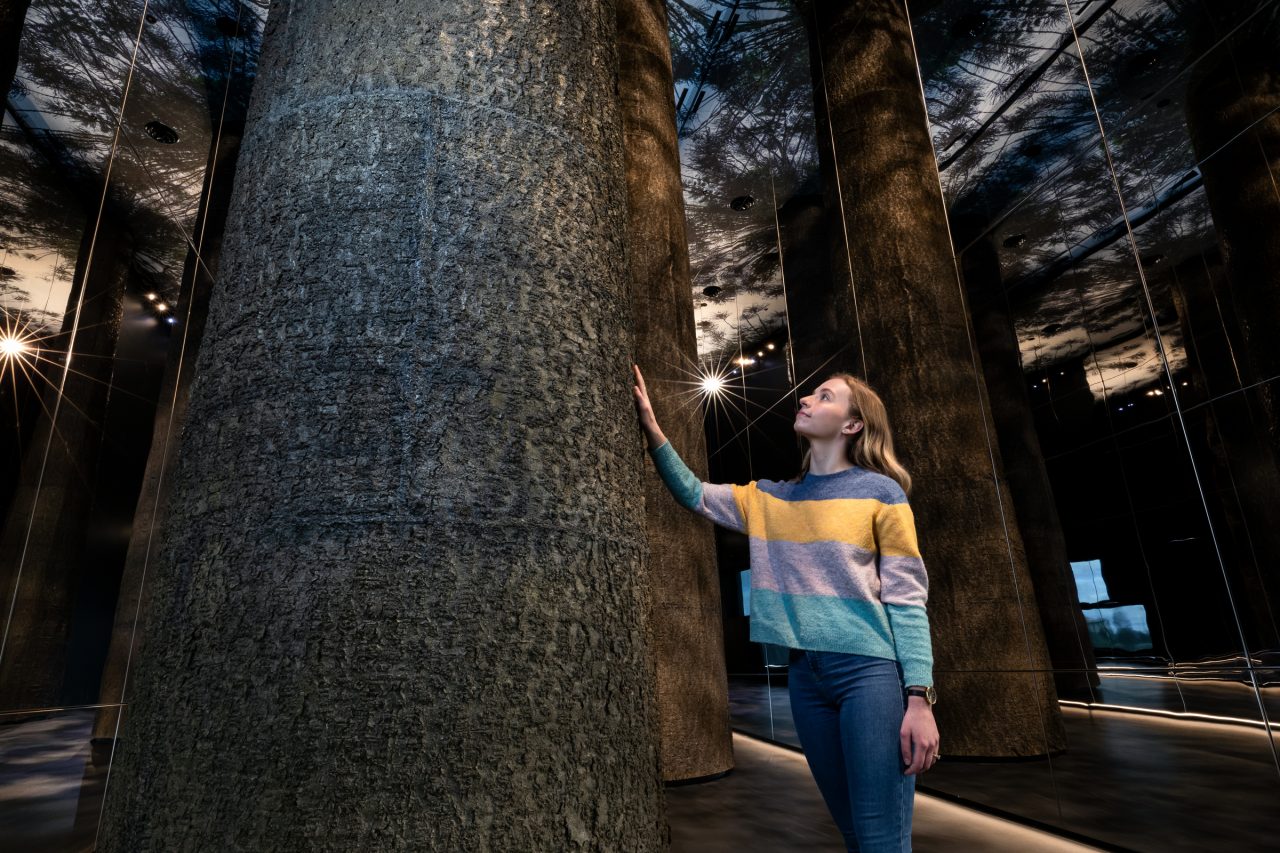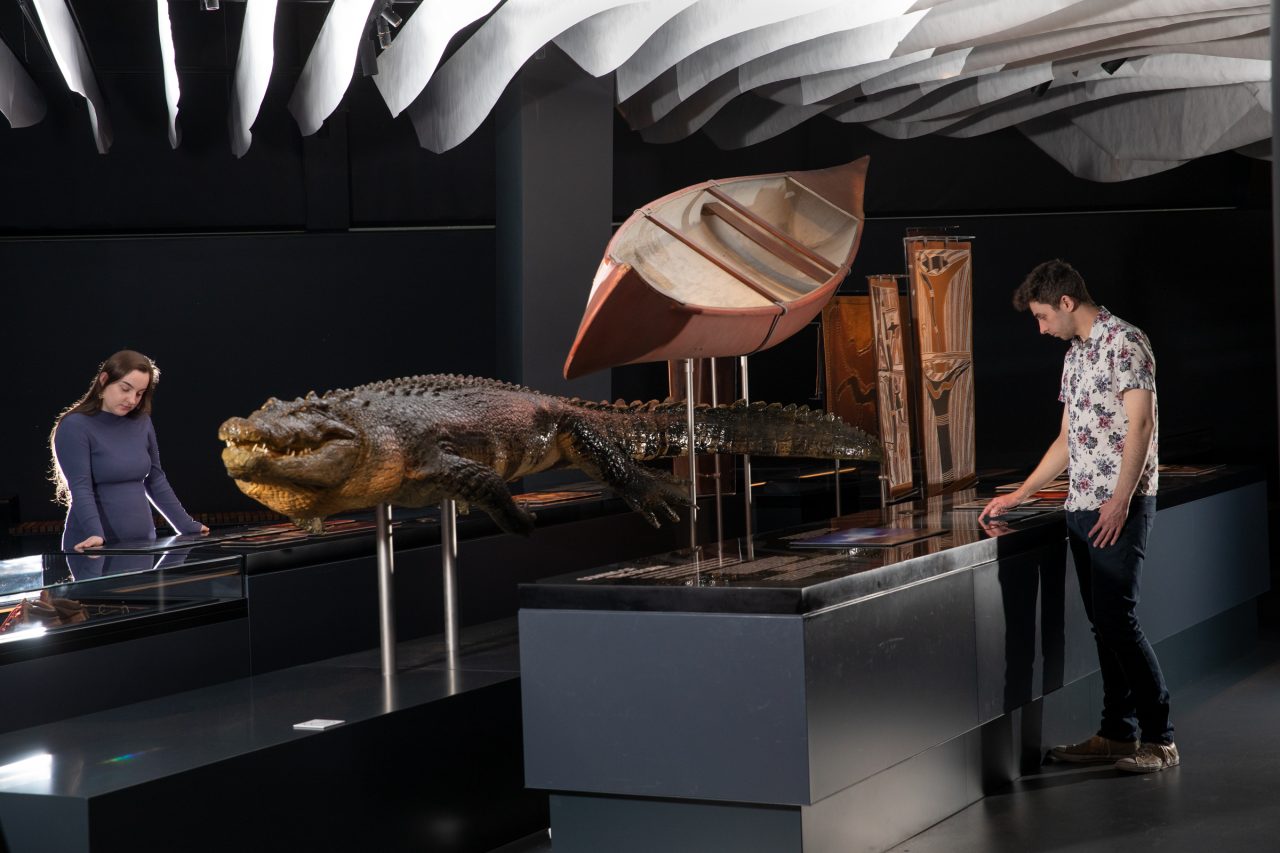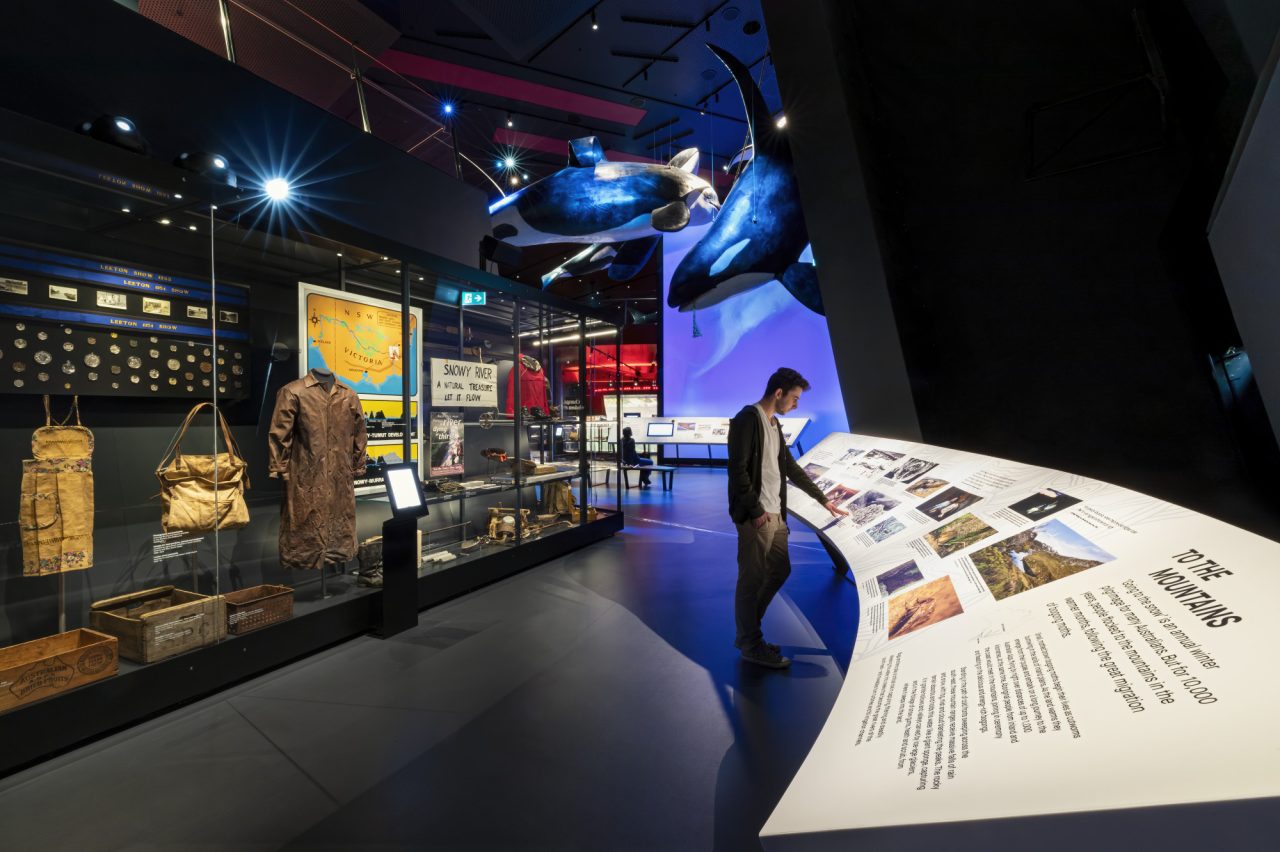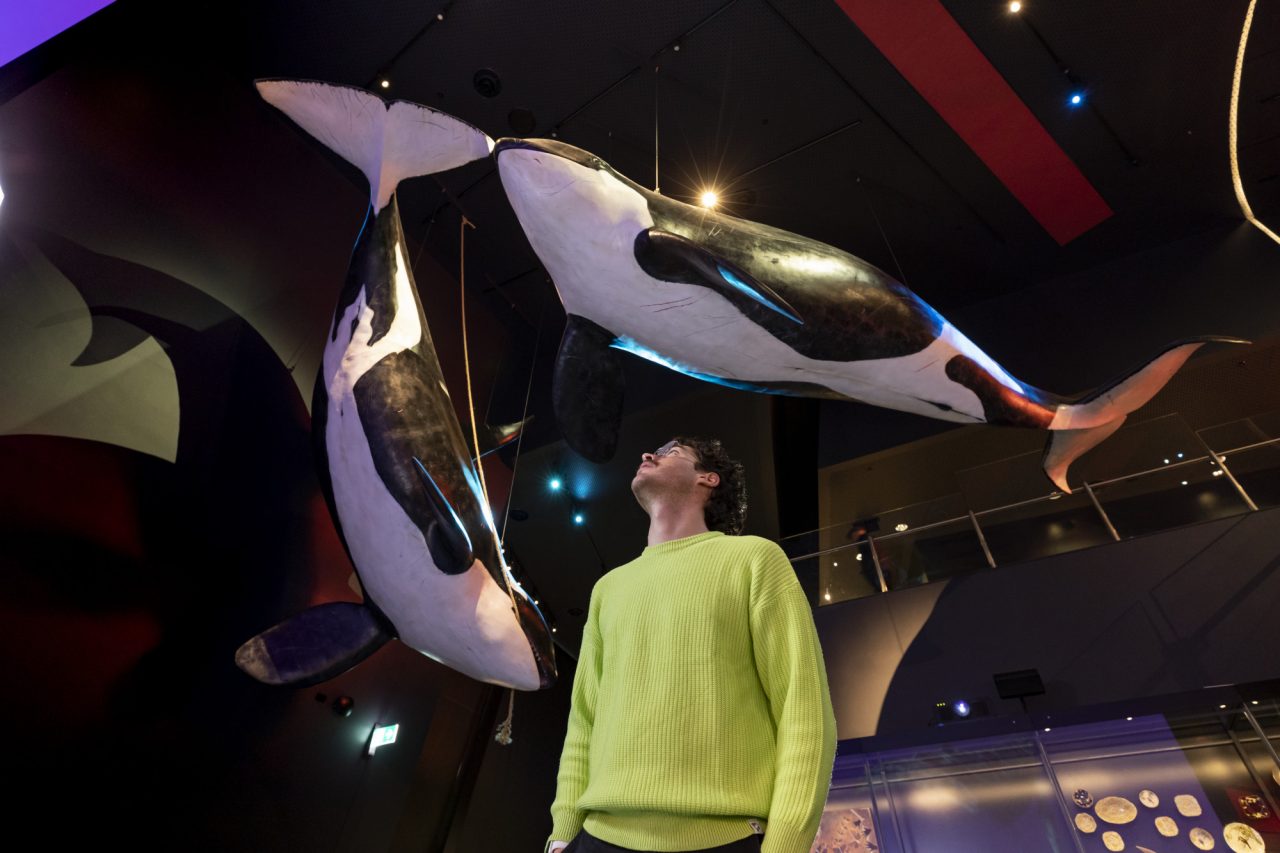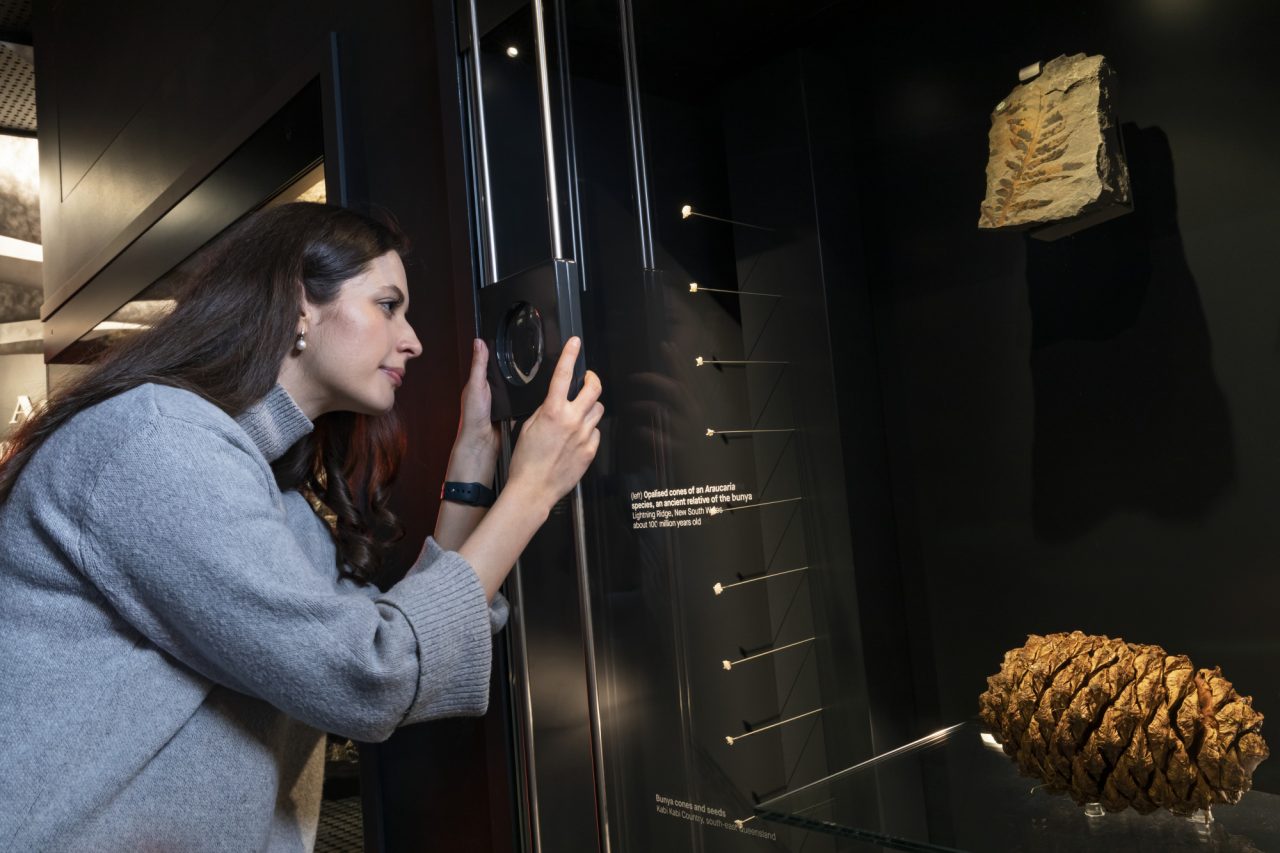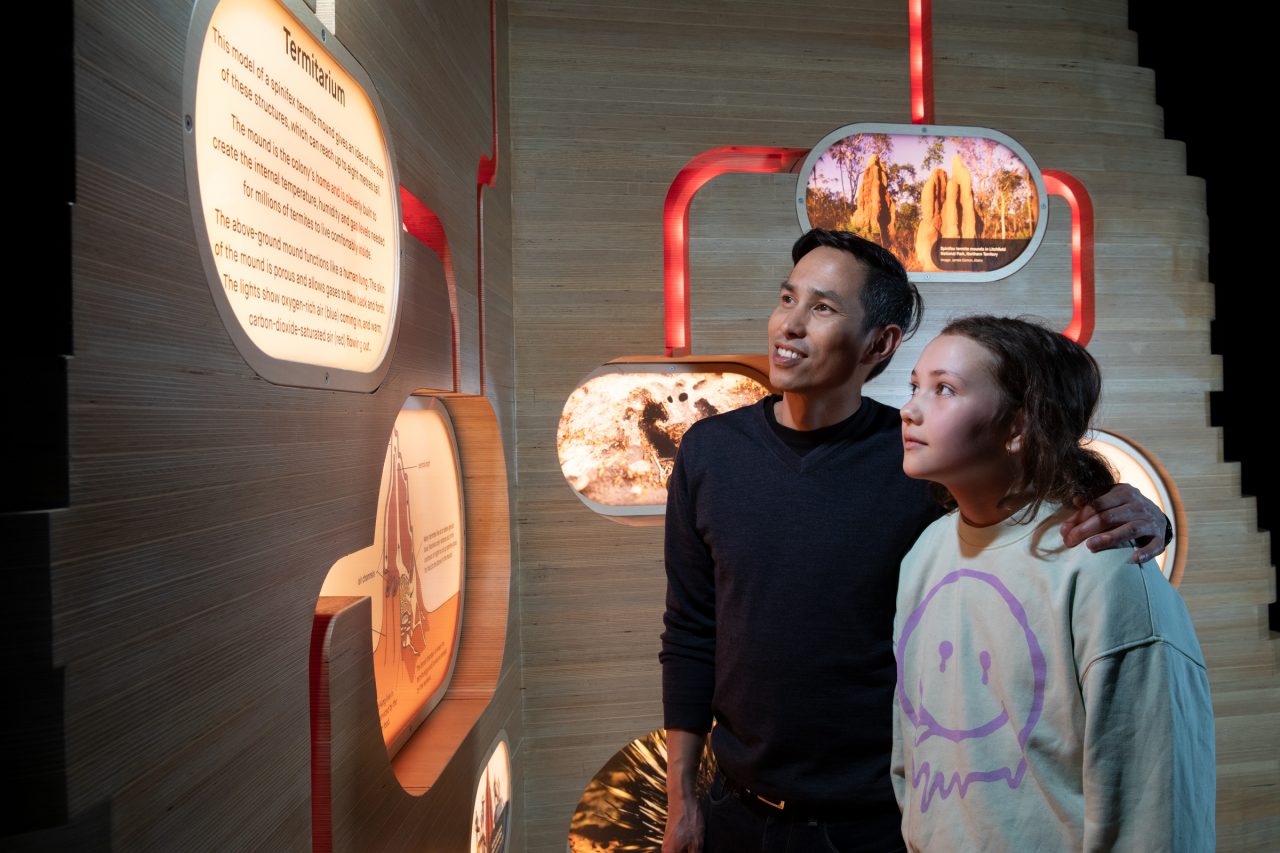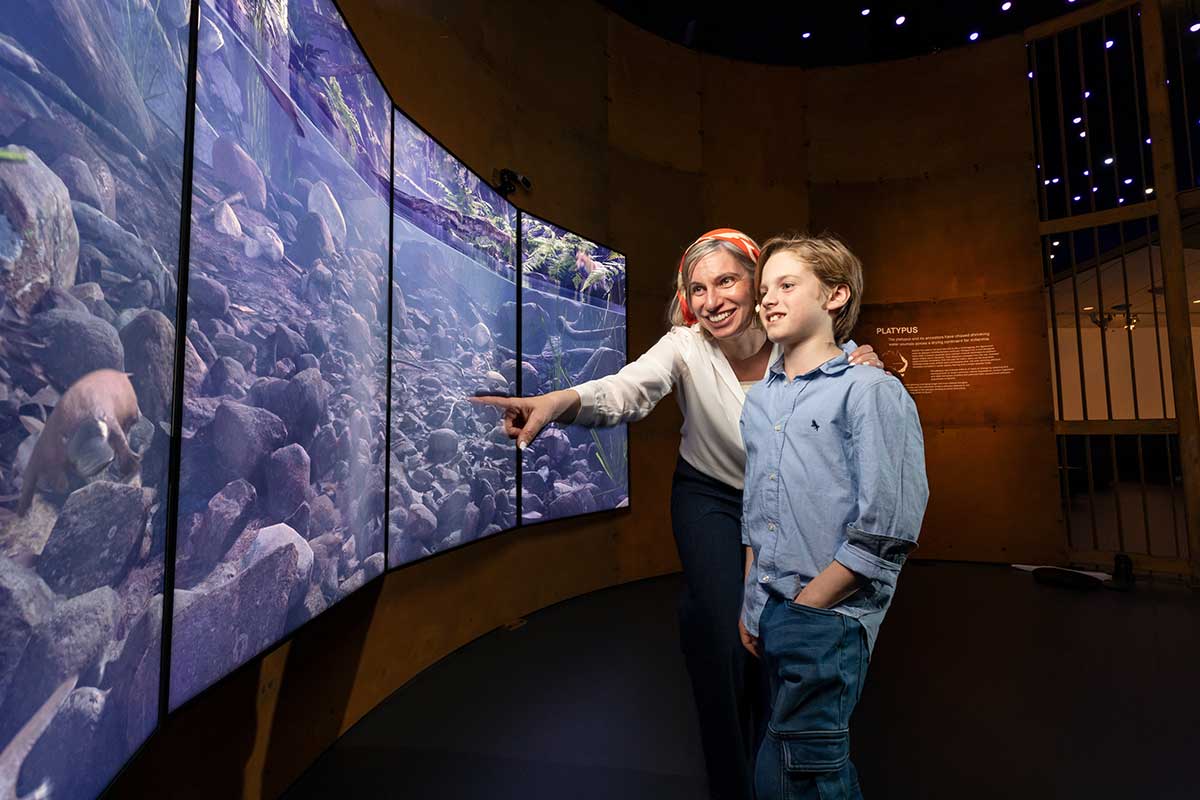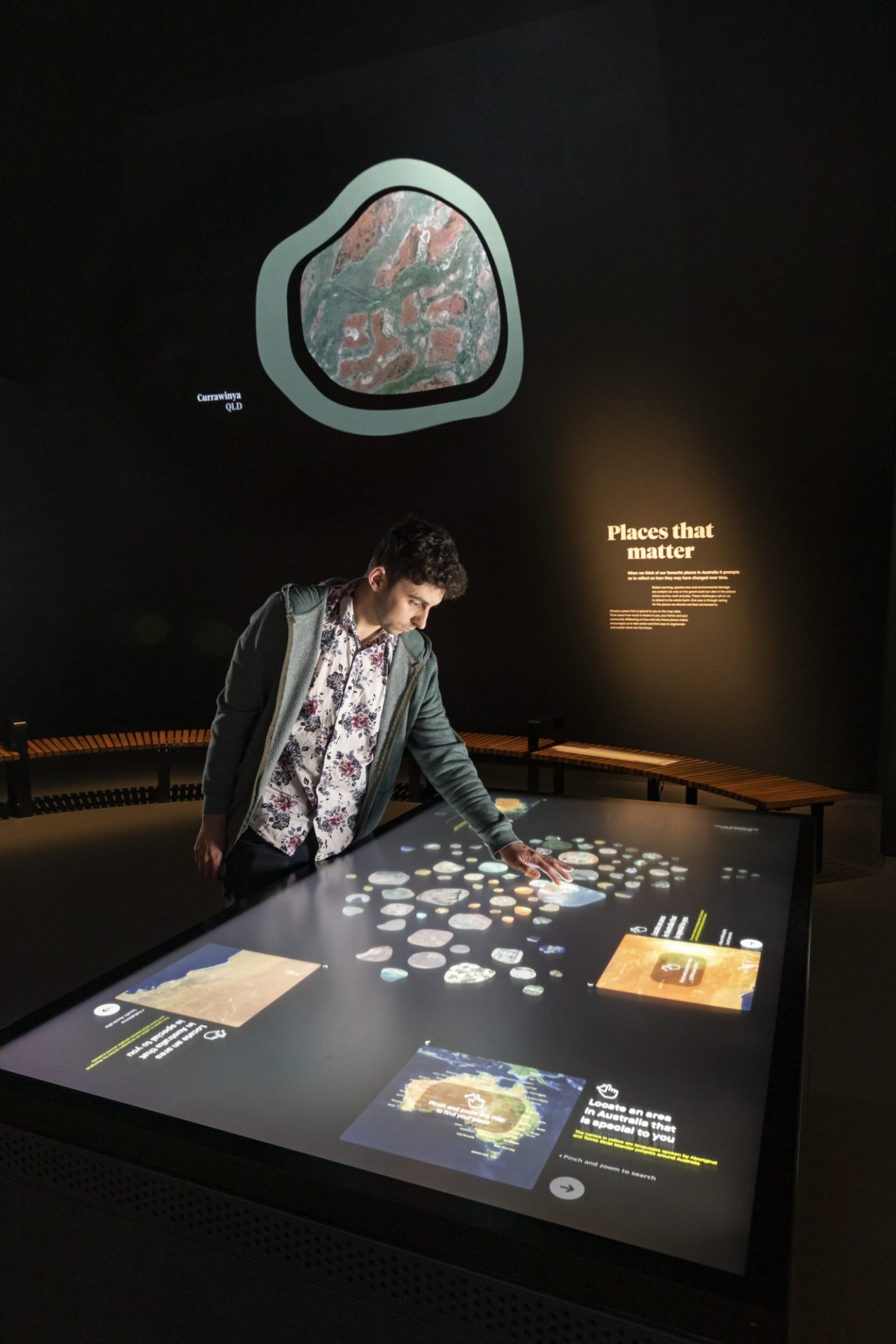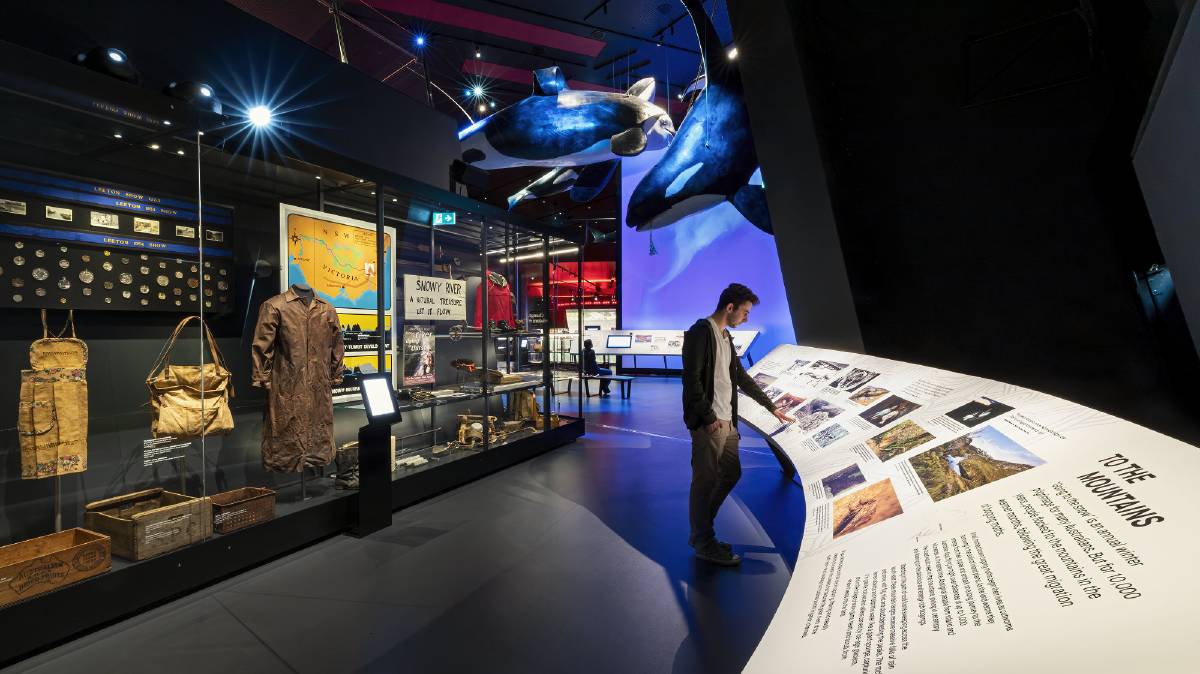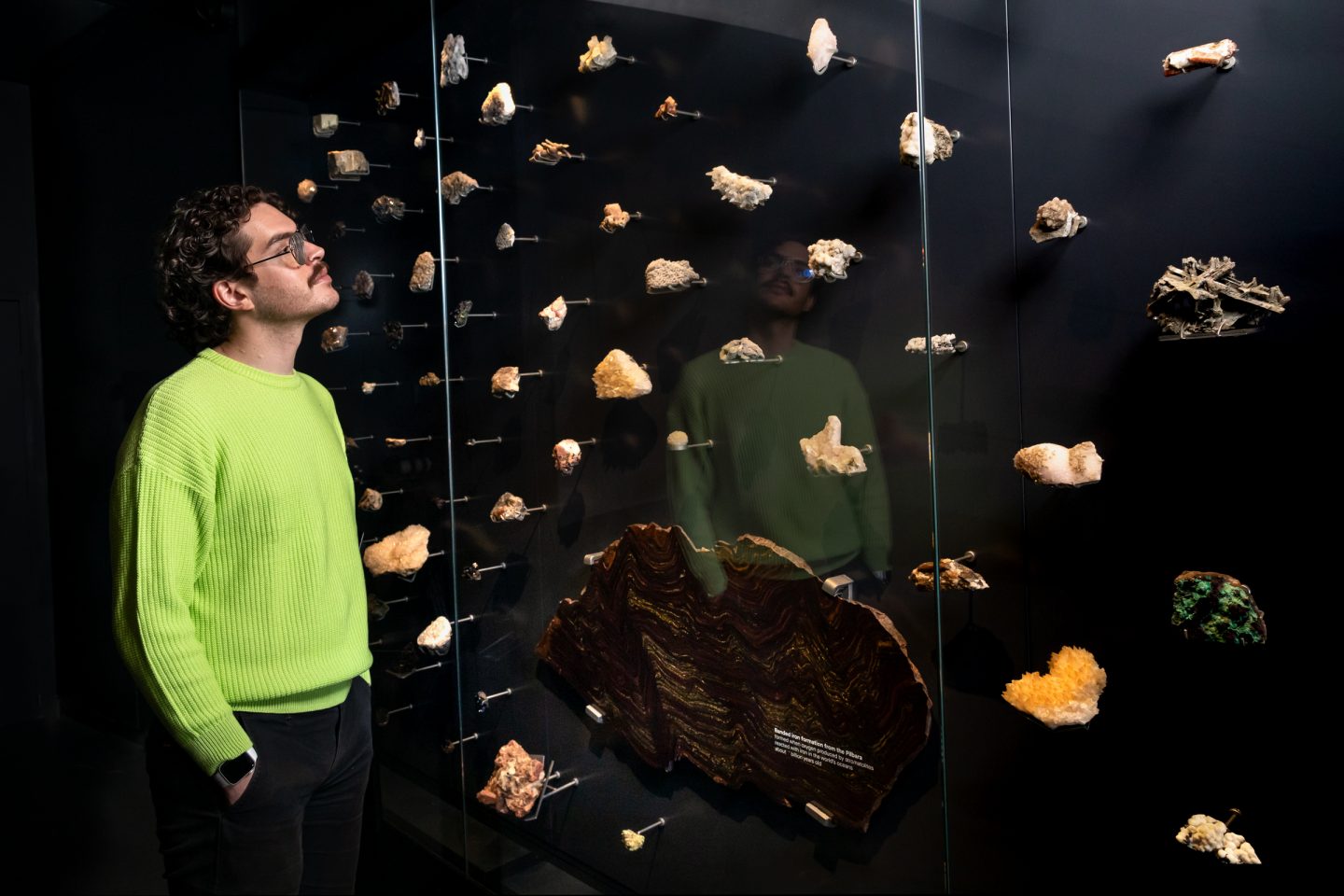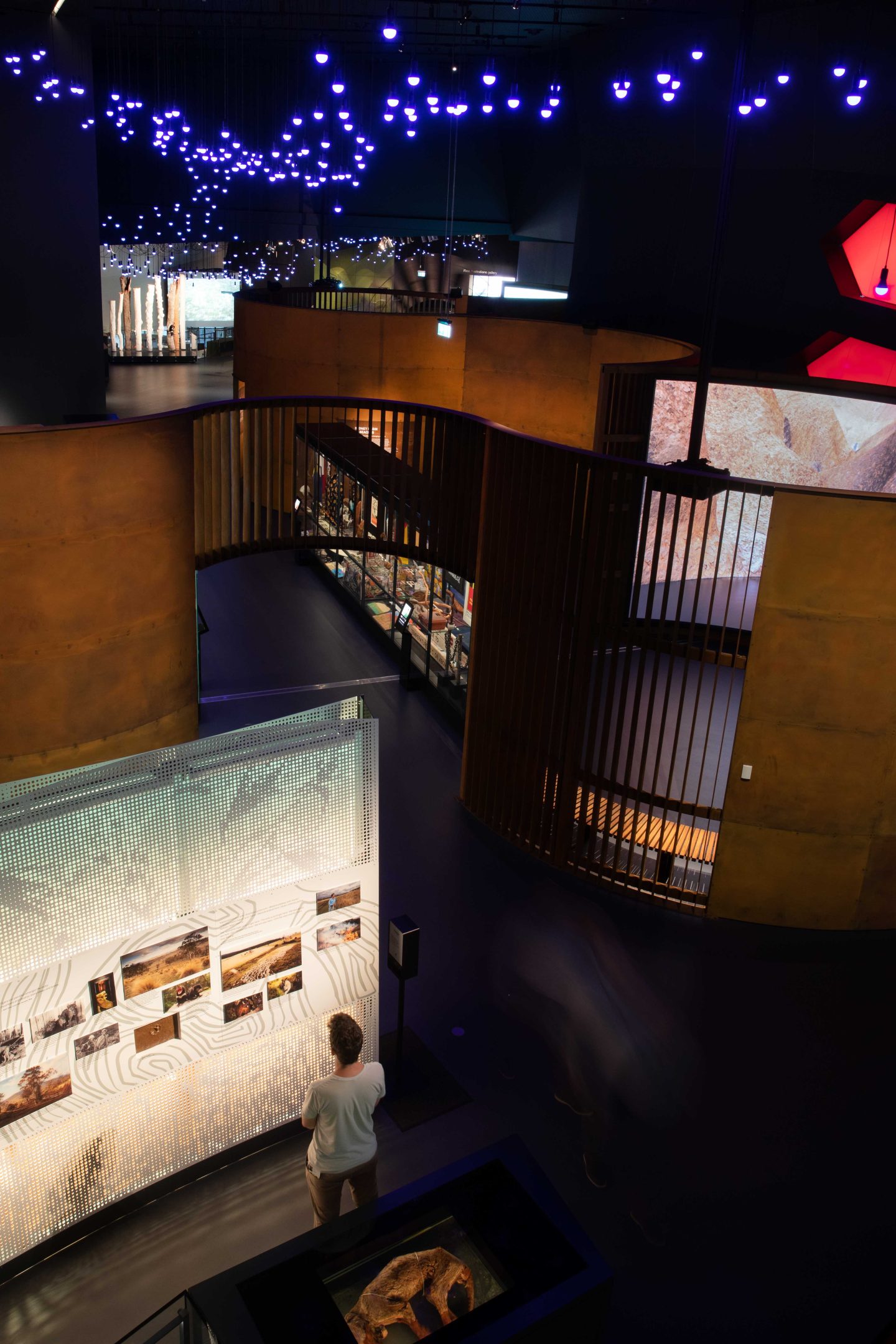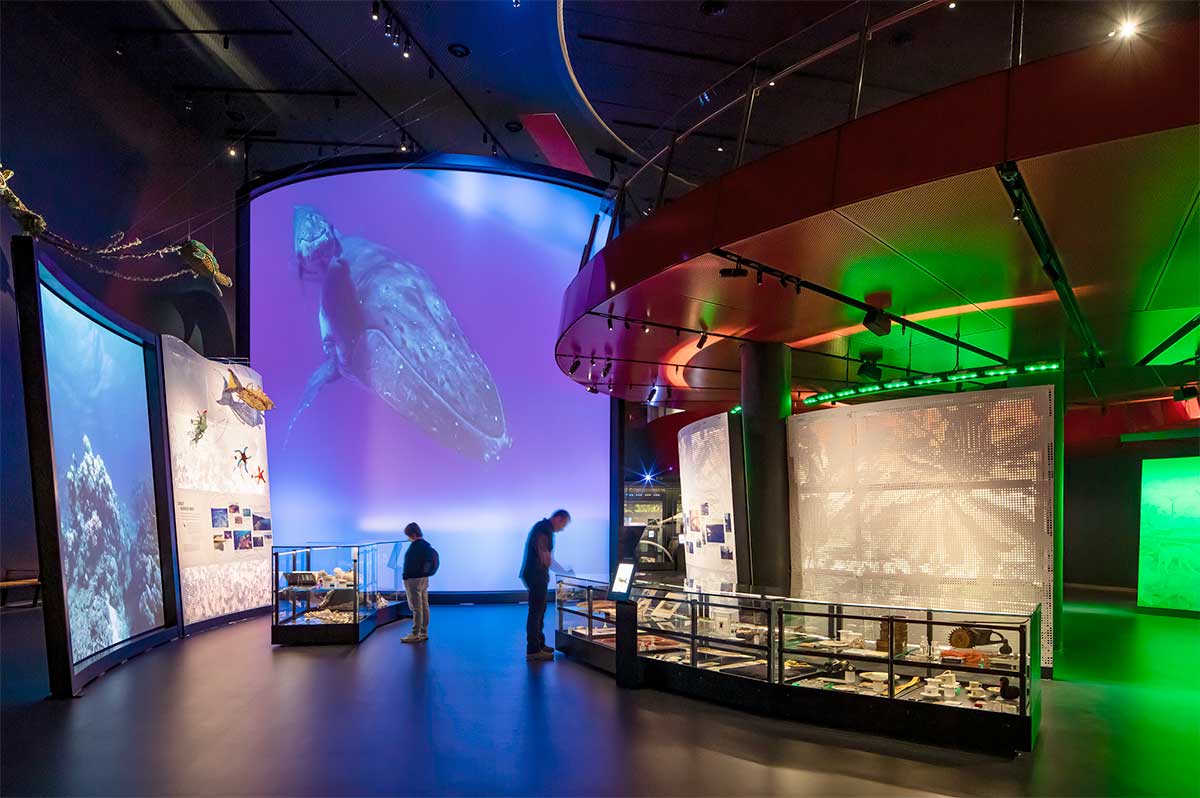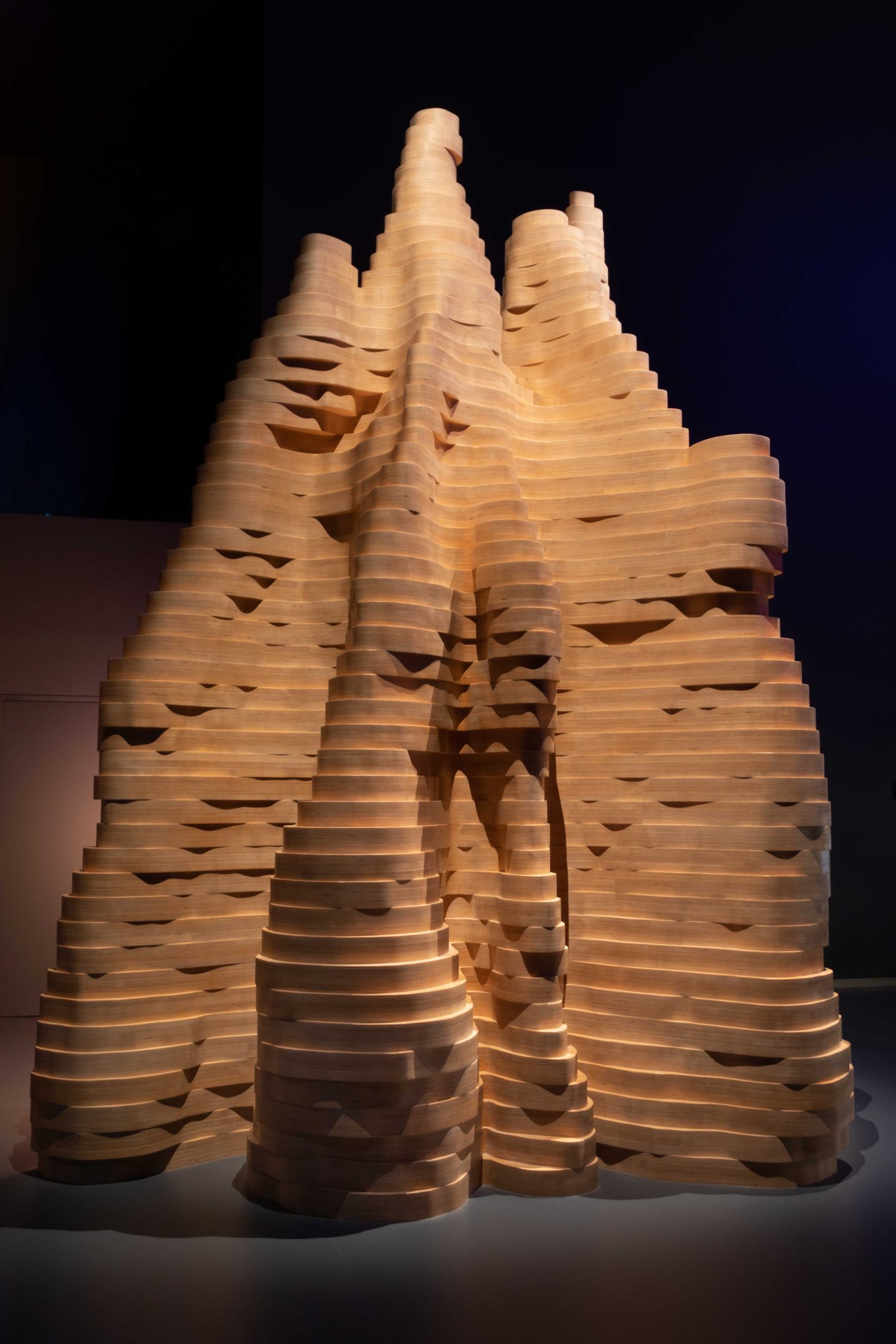Great Southern Land
Reframing the story of a continent from a resource to exploit into a relationship to honor.
Overview
Telling the story of an entire continent is daunting. Telling it in the face of a climate crisis is even harder. For the National Museum of Australia’s most significant redevelopment in two decades, we moved beyond the traditional natural history model of taxidermy and labels. Instead, we treated the land not as a backdrop, but as a character. Great Southern Land is an immersive exploration of Country—an Indigenous concept that weaves landscape, spirit, and people into one living system.
Partners
ARM Architects, Art Processors, Lightwell, Matt Chun, Alison Page
Services
Concept Design, Exhibition Design, Design Development, Documentation
“The multimillion dollar environmental exhibit captures the stories of Indigenous people,
as well as events that have been etched into Australia's collective memory.”
The Details
We anchored the massive scale of the continent in deeply personal, visceral stories. Rather than just displaying a 4.5-meter saltwater crocodile, we paired it with the actual canoe of philosopher Val Plumwood—who survived an attack by such a creature—using the object to spark a debate about humanity's vulnerability in the food chain. Overhead, life-sized orcas dive through the space, telling the little-known story of how these predators actually partnered with human whalers. The journey ends with a moment of personal connection: an interactive map where visitors locate their own "special place" on the continent and project it onto the gallery walls, weaving their own story into the history of the land.
